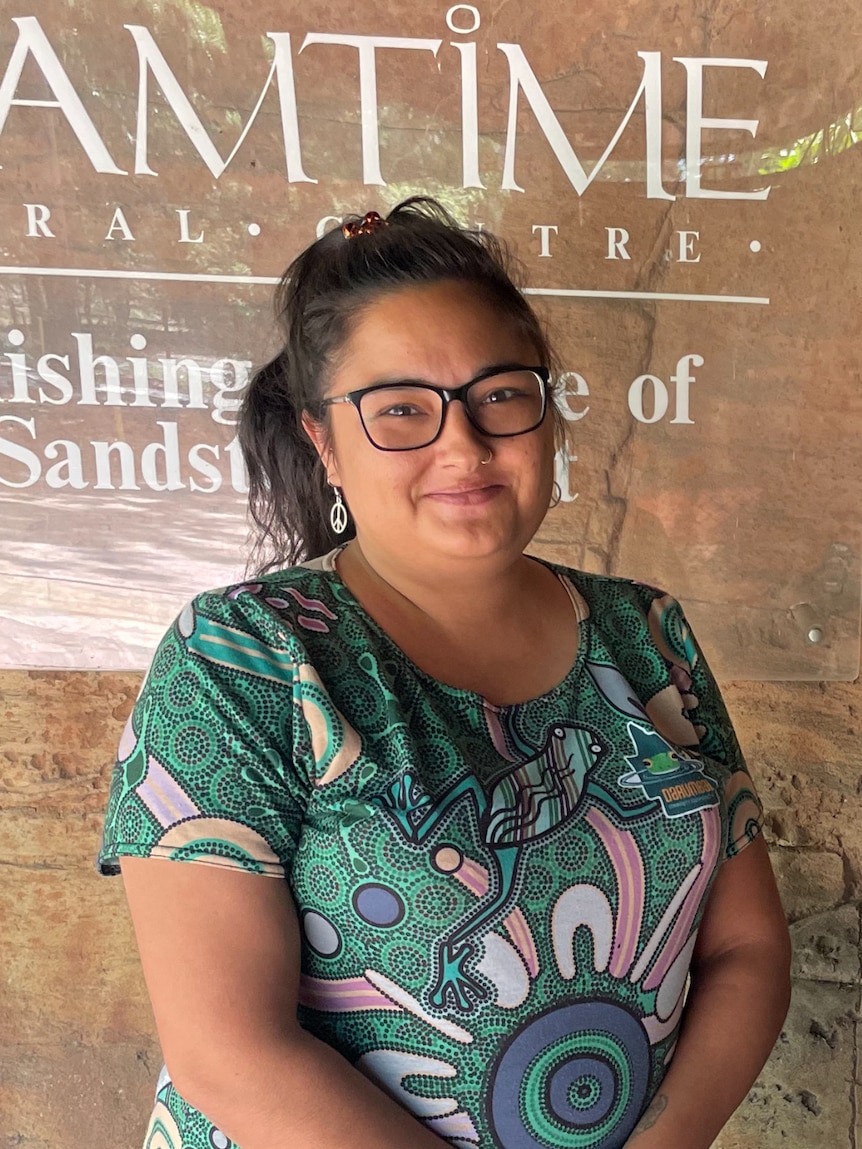Aboriginal youth justice leaders are calling for “cultural healing centres”, which they believe could break the intergenerational crime cycle by supporting vulnerable mothers and their unborn babies to recover from alcohol and drug use.
Darumbal Youth Justice team leader Kiah Woodall, who gave evidence at last month’s Youth Justice Reform hearing in Rockhampton in central Queensland, said such a facility could provide a solution to an incredibly complex and long-term problem.
The hearing was part of the Youth Justice Select Committee, which has held hearings across Queensland to identify solutions to youth crime.
When Ms Woodall explains how cultural healing centres would help mothers currently embedded in an intergenerational crime cycle, she speaks with conviction.
“It’s not an institutional facility, but a place where you’re connected, comfortable,” she said.
“You have elders visiting. You’re doing cultural therapy, you’re doing narrative therapy, [it’s] a place of cultural connection and healing.”
Ms Woodall said the centres would address intergenerational trauma.
“This is changing the narrative from … ‘Child Safety came and told me I had to do this’ to ‘I went to this healing facility and now I belong to a community and my baby’s not going to be taken’ … because of how it was dealt with, rather than a punitive action,” she said.
International research shows a high prevalence of fetal alcohol spectrum disorder (FASD) in young people in correctional facilities.
The Rockhampton youth justice hearing heard FASD was connected to many of the region’s more serious repeat offenders.
It included evidence about the growing understanding across Australia that steps need to be taken before birth to protect unborn children from alcohol and substance abuse damage.
The idea has already garnered strong support from senior Queensland police and politicians.
Strong support for cultural healing
Ms Woodall is seeking government backing for the centres and last week Acting Assistant Commissioner for Youth Crime Andrew Massingham said he “totally supported” the concept.
“I told them [the Youth Justice Select Committee] this was the type of model I thought was going to be the best and it needed to be therapeutic, needed to be intensive. Definitely this is the way forward,” he said.
“This is a whole of government resourcing issue and also with partners that are non-government agencies but it requires significant funding to make sure those centres are operational.”
Assistant Minister for Health Brittany Lauga also embraced the cultural healing centre proposal.
“I think it’s a great idea,” she said.
“I’m always open to hearing ideas and suggestions from our Indigenous elders, they are so wise and have so much experience and knowledge.
“It really pays to listen to them and understand what they think are some of the great solutions to our community’s challenges.
“I’m more than happy to sit down with them and talk more, look at how this would work and what might be needed.”
She also said it was important to note that fetal alcohol spectrum disorder and intergenerational crime and trauma were not just limited to First Nations people.
Indigenous children over-represented
Darumbal Youth Service director Rose Malone said Indigenous children were over-represented in juvenile crime statistics.
In 2023, 71 per cent of 309 children in custody in Queensland were Aboriginal and Torres Strait Islander, with these children 24 times more likely to be held in custody than non-Indigenous children, according to the Department of Youth Justice.
Ms Malone said intergenerational crime was a serious issue for a small number of families in Rockhampton who faced extremely challenging household environments that could include alcohol and substance abuse.
“We’re not talking about the whole community of young people here; we’re only talking about a small cohort that is intergenerational,” she said.
“We can look back 30 or 40 years and see entire generations that are continuing [as juvenile criminals] today.
Ms Malone said it was critical to protect the health and safety of the mothers and babies in utero.
“If we don’t fix that it becomes a whole of community problem,” she said.
Get our local newsletter, delivered free each Friday




